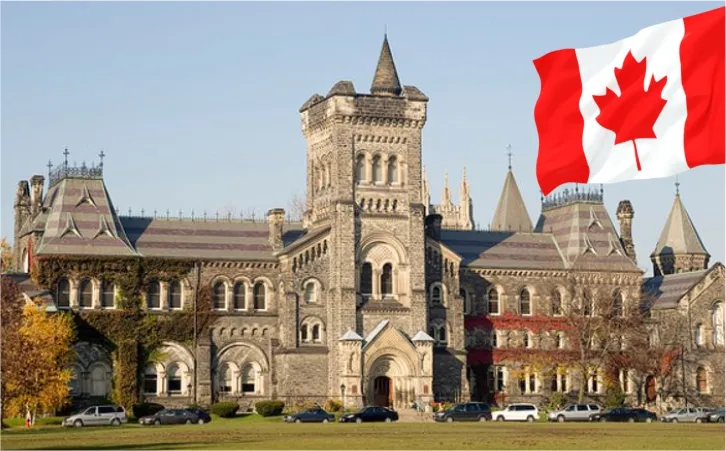Canadian University vs American College
In Canada there are universities and colleges with a clear distinction between the two. Canadian colleges offer diplomas, certifications and training while Universities are able to grant degrees. In america there is technically a difference but the words are used interchangeably with college being the clear winner. That leads many to believe that Americans don’t have colleges, but they do. There are nearly 6,000 colleges and universities in the U.S. and of those schools, 3,982 are degree-granting postsecondary institutions. Canada has 223 public and private universities, and 213 public colleges and institutes that’s one university in Canada for every 180,000 people, compared to America at one university per 83,000 people.
Canadian Tuition Cost vs American Tuition Cost
If you’re a Canadian citizen studying in Canada, you can expect to pay an average of $6,463CAD ($4,650USD) per year for your undergraduate degree. Canadian universities rely on international students to subsidize their costs, that’s why during covid , it was a very difficult time for many establishments which have not seen a return to pre-pandemic levels. The decline in international student numbers in 2020 led to a GDP loss of over $7 billion for Canada during that year. Each year, international education contributes over $22 billion to Canada’s economy, surpassing the export revenues of auto parts, lumber, or aircraft. Furthermore, it sustains the livelihoods of over 200,000 individuals in the country. In America due to the sheer amount of universities the averages fluctuate more wildly from 5,000 USD a year to over $100,000 USD. New university student maximum caps will have serious economic effects on Universtiy cities in Canada.
Canadian Student Social Life vs American Student Social Life
There are 1.4 million full time and part time students in canadian universities, thats an average enrollment of 6,572 students, and in the United States that number is 6,354 very similar average student per campus numbers. Canadian Party Life ranked the top universities by social life. It’s no shock that the winners are Canada’s biggest schools but also the ones with large residences such as Wilfred Laureir university in Kitchener which topped the chart.
University Schedules vs College Schedules
When comparing the academic schedules and holidays of Canadian universities to American colleges, several notable differences arise, reflecting the diverse educational cultures and administrative policies in each country.
In Canada, the academic year typically starts in early September and ends in late April, divided into two main semesters: fall and winter. Some universities also offer a summer semester, but it is usually optional and offers a limited range of courses. Canadian universities observe statutory holidays like Thanksgiving in October, a winter break in December (usually two weeks), and a one-week spring break in February or March. The total amount of time off, including statutory holidays, can vary slightly between provinces due to provincial regulations.
American colleges, on the other hand, generally follow a similar two-semester system, starting in late August or early September and ending in May. However, the U.S. academic calendar includes a longer winter break, often lasting from mid-December to early January, and a one-week spring break in March or April. Additionally, American colleges celebrate U.S. federal holidays, which can differ from Canadian statutory holidays, adding variability to the academic schedule.
One significant difference is the timing and length of the spring break; while both countries offer this break, the specific weeks can vary, influenced by regional weather patterns and institutional policies. Moreover, the summer break in the U.S. tends to start earlier than in Canada, giving American students a slightly longer summer vacation.
Overall, while the academic calendars in Canada and the U.S. share similarities, including a two-semester structure and provision for holiday breaks, the specifics of these schedules, including the start and end dates, the length of breaks, and the observed holidays, can differ. These differences underscore the unique educational environments and cultural priorities of each country, offering students distinct experiences based on their chosen institution’s location.



